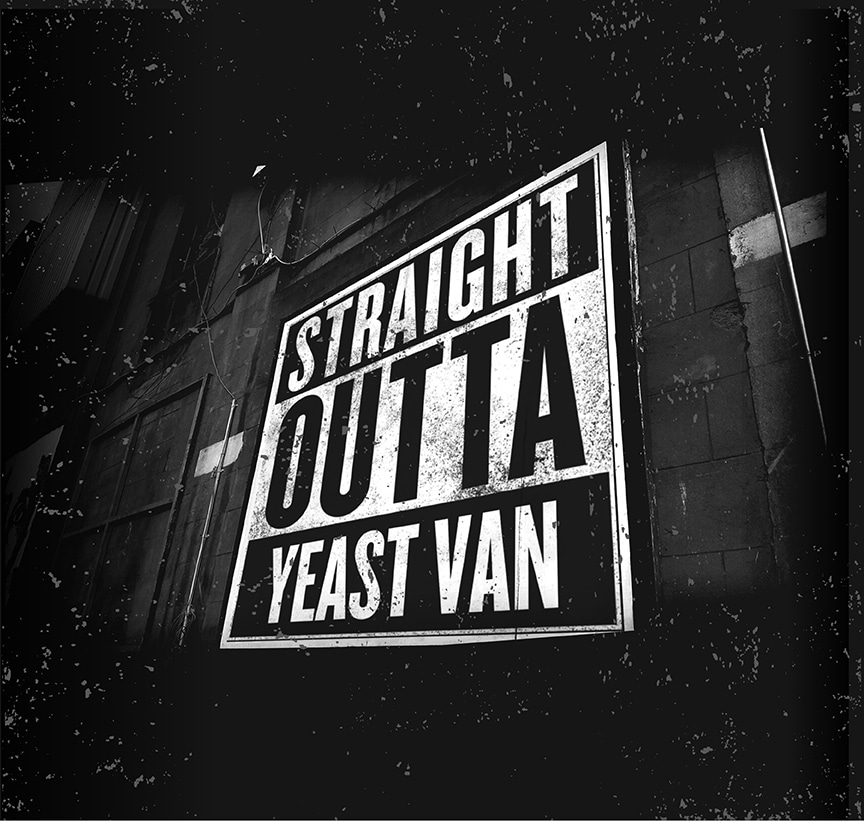
A tied house, originally a British term, is a bar or restaurant that has an association (financial or otherwise) with a brewery that is likely to cause the brewery’s beer to be favoured over other brands. The association can come in many forms; from the brewery actually owning or operating the bar or restaurant, to less direct forms of control by way of loans, mortgages or other contractual relationships. The concept is controversial for pub owners and beer drinkers, alike. For breweries, tied houses guarantee a steady market for their beer, and for a pub owner it may mean cheap credit, or other incentives too good to pass up. On the other hand, too many tied houses in your neighbourhood and tap selections start to look pretty similar. For bar owners, getting in too deep with a brewery may result in a loss of operating control, or ultimately ownership.
In the UK the practice remains popular, although not without controversy. Everyone who’s been to England is familiar with pub signs with “Guinness” written in bold letters prominently across the bottom. In most American states, tied houses are strictly prohibited, along with other initiatives that integrate production, distribution and retail. In BC, we have ended up somewhere in the middle – although it took the better part of a century to get here.
In 1952, the members of B.C.’s Liquor Inquiry Commission faced a startling realization: the province’s breweries, whose chief function they thought ought to be limited to producing beer, wielded significant control over numerous hotels, legions and beer parlours.
The nefarious breweries choice method of exerting control was financial: the province’s larger breweries would guarantee significant loans to licensed hotels and beer parlours in amounts that would otherwise be out of reach for most establishments. In many instances the breweries would simply loan the money themselves directly to the hotels or beer parlours with little if any expectation of repayment. In return the brewery obtained influence over the establishment, and, above all else, assurance that the bar would only sell its product. For a brewery, this was a considerable asset: an account that could never be lost.
The Liquor Control Branch’s policy during this era, that a beer parlour could only serve one brand of beer at a time (and a formal application was needed to switch brands), exacerbated the situation, driving up the “price” of securing the prized draught lines.
The money the breweries were “loaning” to beer parlours, or kept on their books as guaranteed debts during this era was considerable. In the fall of 1952, Vancouver Breweries had guaranteed approximately $519,000 in loans to hotels and beer parlours (approximately $4.6 million in today’s money) and Coast Breweries had guaranteed over $800,000 (approximately $7.2 million in today’s money). Many of the establishments that had been “tied-up” by the breweries are names still familiar in Vancouver today: the Astoria, the Cecil, the Kingston and the Metropole, all of which were operated as hotels at the time.
Given the vast quantity of money the breweries were securing by the 1950s, the commissioners determined that “local brewers exercise absolute control over numerous retail outlets.” Had the beer parlours of the day been cheery, clean and safe environments the Commission probably would have had little interest in peering into their books. Unfortunately that was not the case. The hotels at the time that were tied to breweries were described by the Commissioners as debaucherous slums, and their patrons viewed as “drunken, quarrelsome and disorderly.”
To combat this situation the Commission recommended legislation banning tied houses and other forms of financial incentives moving from brewers to retailers.
For almost 60 years the tied house laws and policies that originated in the 1950s remained in force in British Columbia. By 2010 however the Liquor Control and Licensing Branch began consulting on relaxing some of the historically harsh restrictions on relations between breweries and the bars that sell their suds.
By this time, technical names had been given to the sorts of market conditions and anti-social behaviour that were identified in 1952. The intense competition between breweries to secure draught lines – to the point of guaranteeing loans for hundreds of thousands of dollars – is now referred to as “destructive competition.” The availability of too much cheap beer, thought to be a by-product of tied houses or other inducements provided by brewers, leads to “spillover effects” – which are negative impacts on individuals and communities, which occur as a result of industry activity. Permitting tied houses in B.C., for the first time in six decades, would require careful consideration to ensure that the bad old days of destructive competition and spillover effects did not return.
Ultimately, in 2013, the province settled on new policy in this area, permitting small and medium-sized breweries in B.C. to have tied house relationships with up to three off site bars and restaurants.



